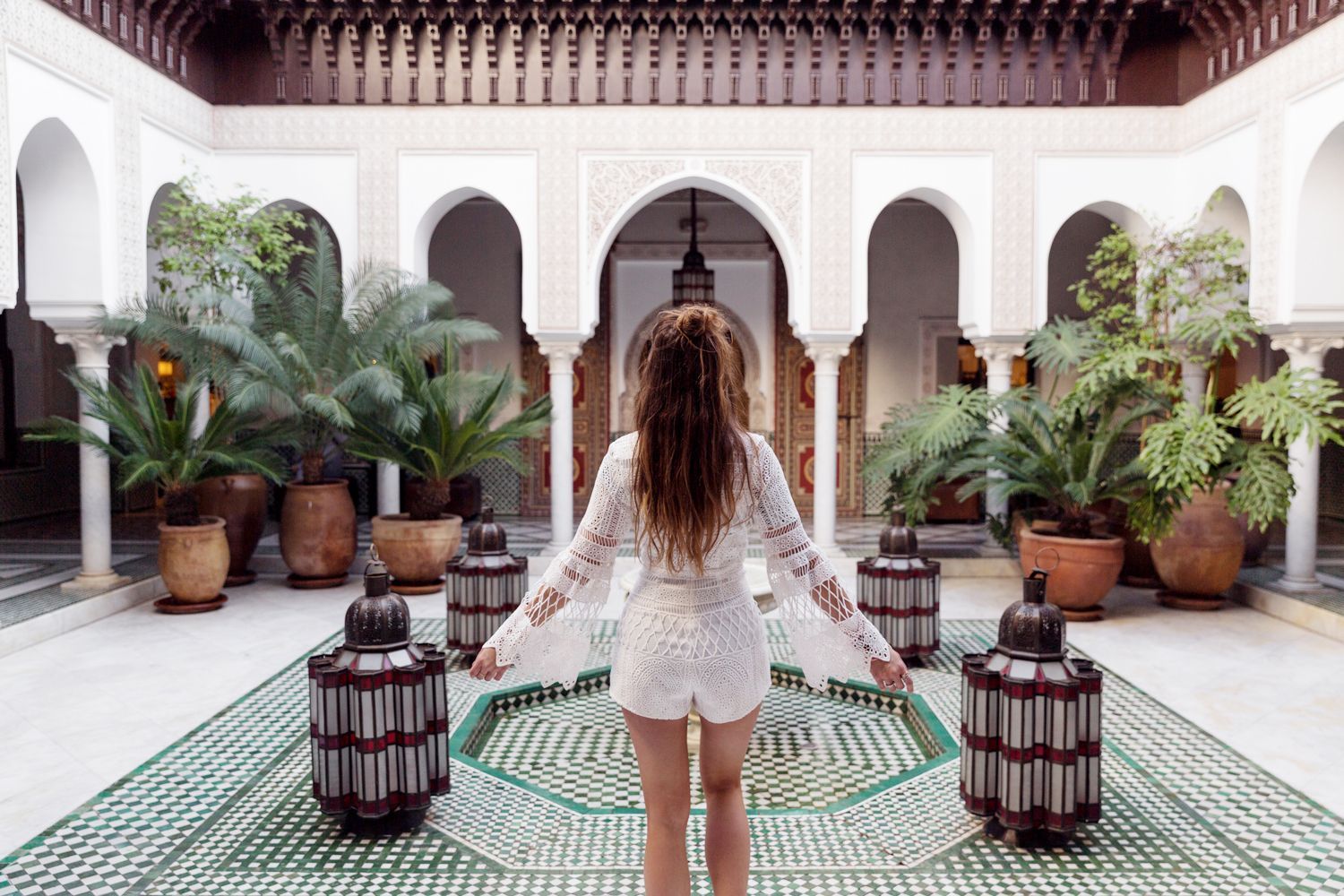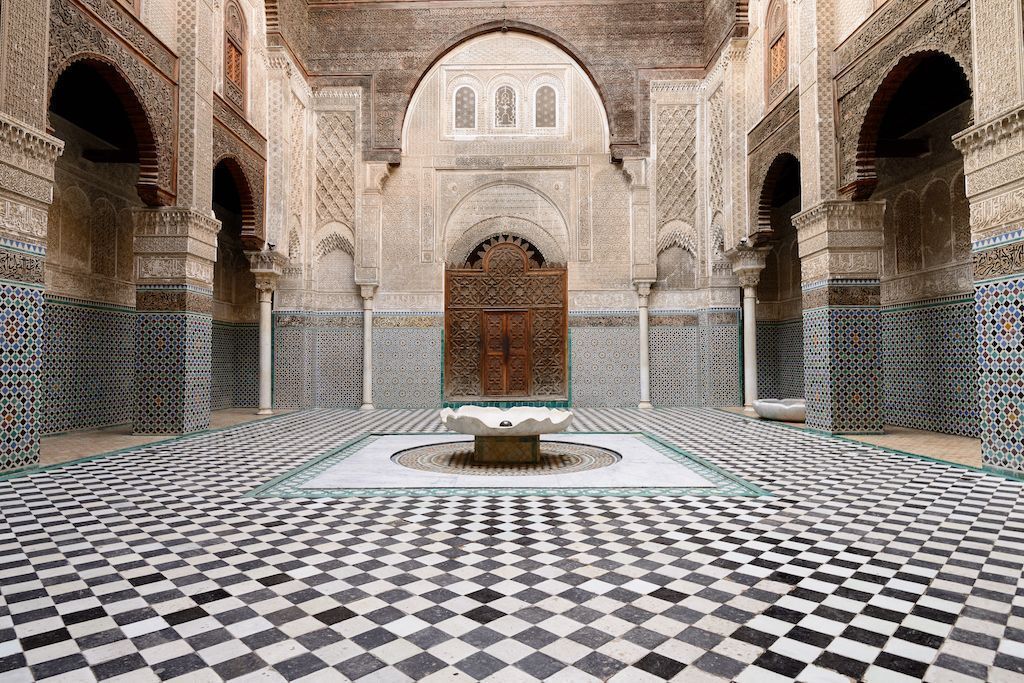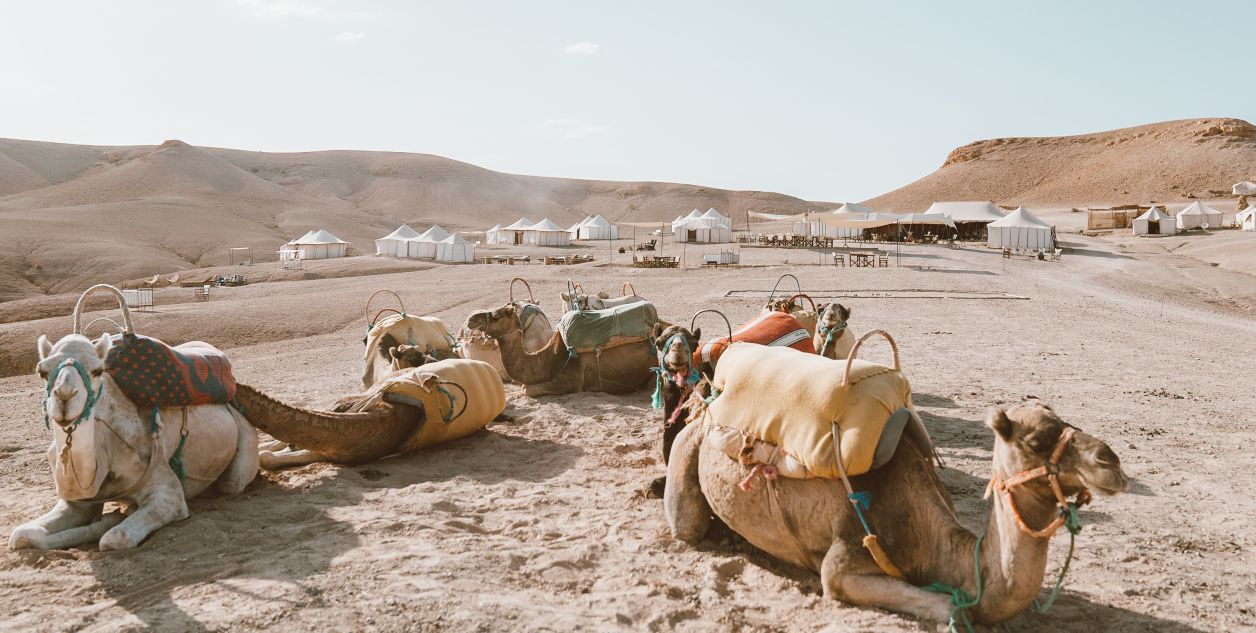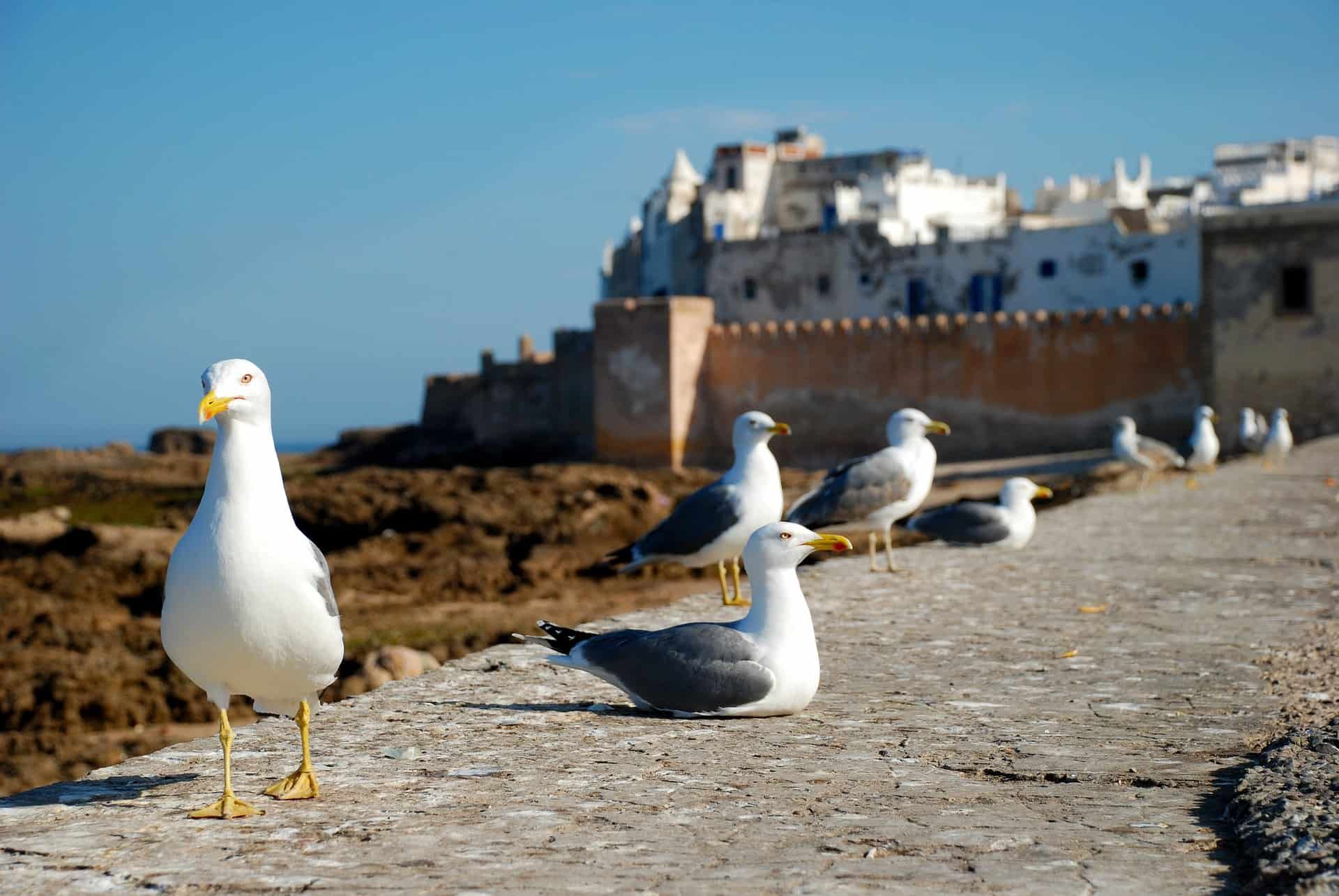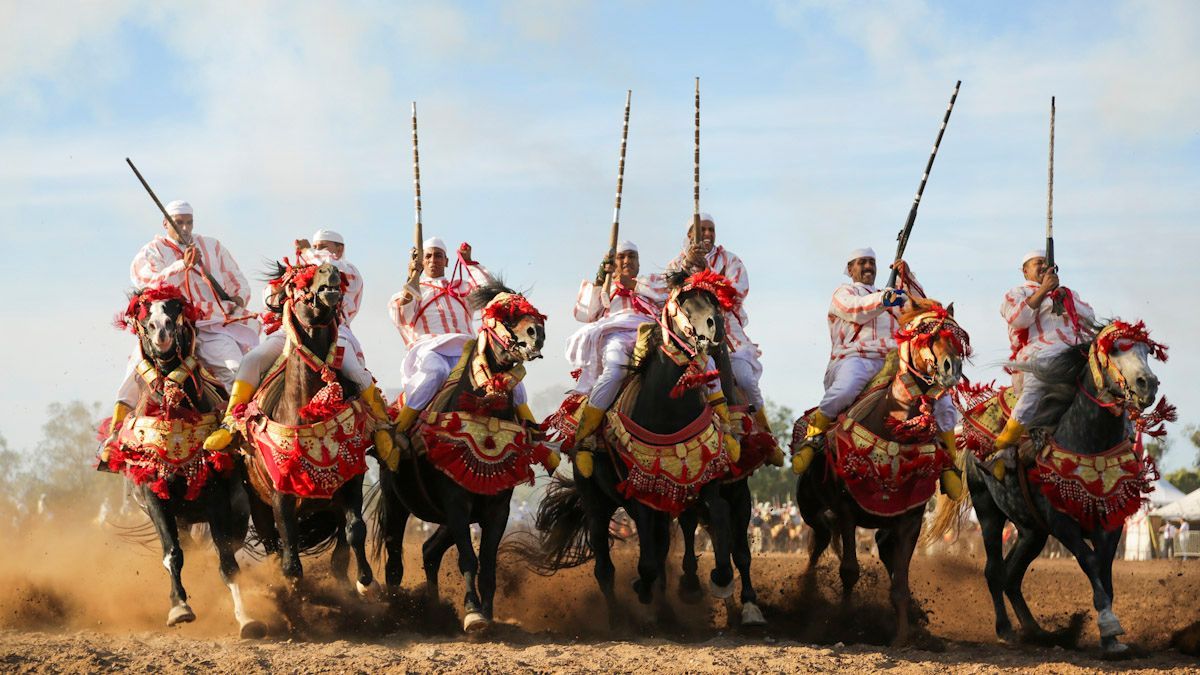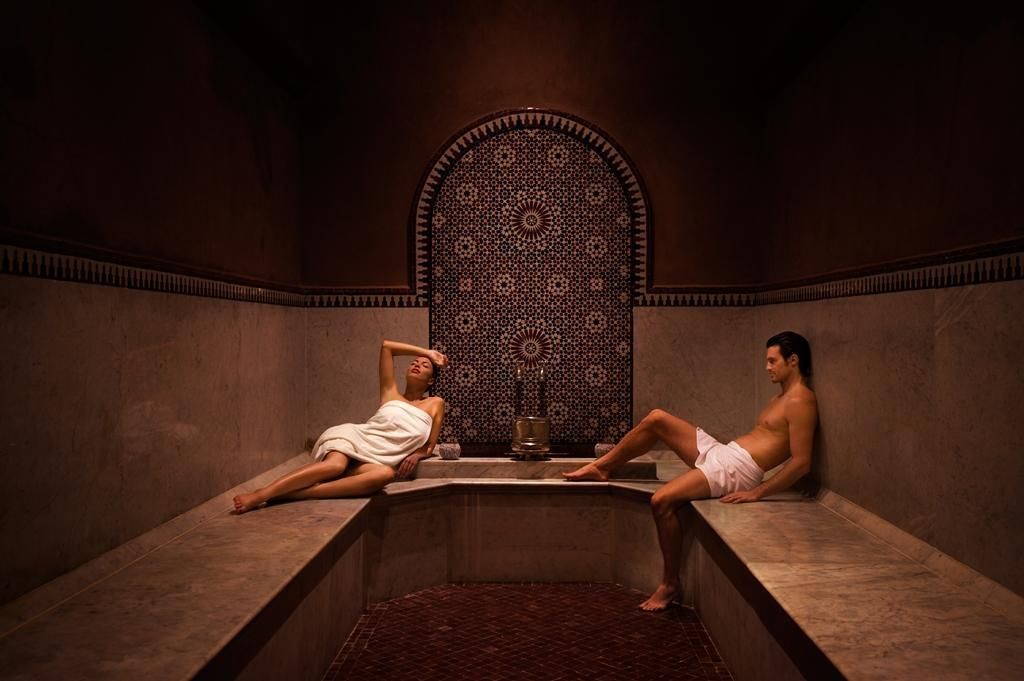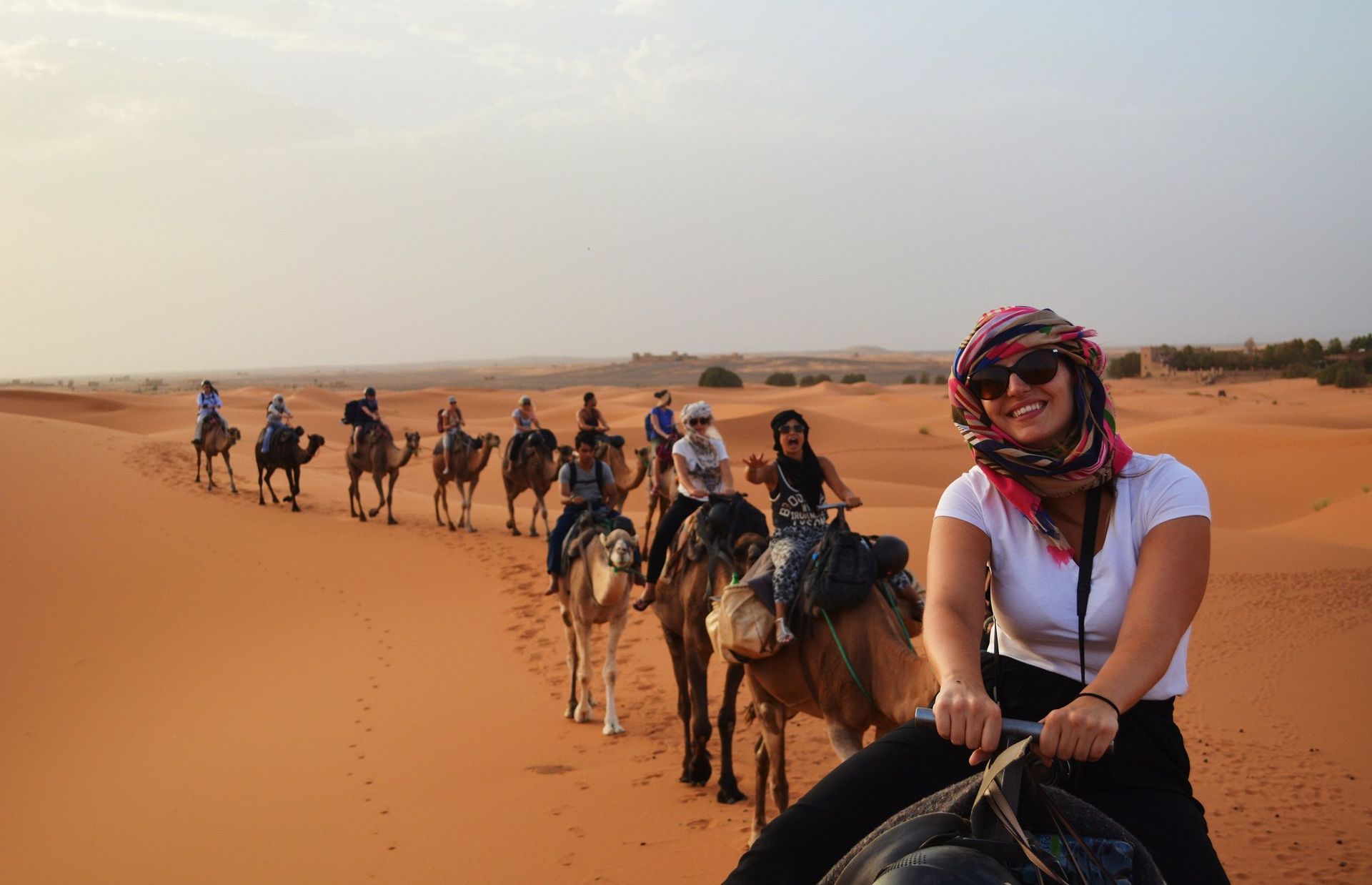A Journey Through Morocco's UNESCO World Heritage Sites
Explore Morocco’s UNESCO World Heritage Sites: History, Culture, and Architectural Marvels Await
Morocco, a country rich in history and culture, boasts several UNESCO World Heritage Sites that offer travelers a glimpse into its glorious past. From ancient cities to unique architectural marvels, these heritage sites represent Morocco's historical significance and cultural diversity. In this article, we will take you on a journey through Morocco’s most fascinating UNESCO sites, from the maze-like medinas to the ancient ruins.
1. Medina of Fez
The Medina of Fez, the largest car-free urban area in the world, is a true labyrinth of narrow alleys, vibrant markets, and historic landmarks. Founded in the 9th century, Fez el-Bali is one of the oldest medinas in the world and a center for religious and cultural activity in Morocco. Exploring this UNESCO-listed medina will transport you to another era.
2. Medina of Marrakesh
Marrakesh’s medina, a bustling hub of life, is famed for its historical architecture and lively souks. Declared a UNESCO World Heritage Site in 1985, it includes iconic spots such as the Koutoubia Mosque and Jemaa el-Fnaa square. Visitors can wander the lively streets, sample traditional cuisine, and shop for local handicrafts.
3. Ksar of Ait-Ben-Haddou
Ait-Ben-Haddou is an extraordinary ksar (fortified village) located on the route from the Sahara to Marrakesh. This mudbrick fortress has been the backdrop of many famous films and is one of the best-preserved examples of southern Moroccan architecture. The ksar is a prime example of pre-Saharan earthen construction and is a must-visit for history lovers.
4. Archaeological Site of Volubilis
Volubilis is an ancient Roman city that offers insight into Morocco’s rich history as a hub of different civilizations. This expansive site showcases well-preserved mosaics, ancient ruins, and a stunning location amidst rolling hills. Walking through Volubilis, visitors will marvel at the ancient Roman columns and temples that tell the story of Morocco's past.
5. Medina of Tetouan
Tetouan’s medina, smaller and less crowded than Fez or Marrakesh, is a serene and authentic place to explore. Listed as a UNESCO site for its historic role as a major point of interaction between the Islamic world and Europe, Tetouan offers travelers a unique glimpse into Moroccan history and culture, particularly its Andalusian influence.
6. Historic City of Meknes
The imperial city of Meknes is known for its grand palaces, monumental gates, and extensive fortifications. Once the capital of Morocco, Meknes has a rich history that reflects a blend of Islamic and European architecture. Its impressive landmarks, such as Bab Mansour, make it a UNESCO-listed site worth visiting.
7. Portuguese City of Mazagan (El Jadida)
Located along the Atlantic coast, the Portuguese City of Mazagan is a historic coastal town with European and Moroccan architectural influences. Its ancient fortifications and bastions remain a testament to the town’s colonial history and are beautifully preserved.




